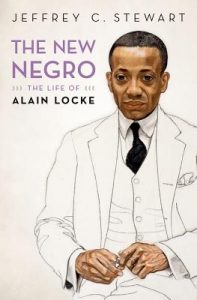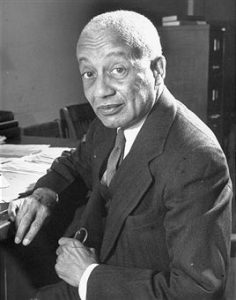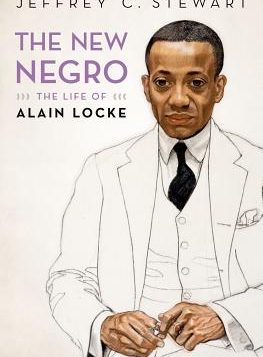 The New Negro: The Life of Alain Locke
The New Negro: The Life of Alain Locke
by Jeffrey C. Stewart
Oxford University Press. 932 pages, $39.95
THIS DETAILED BIOGRAPHY tells the life story of Alain Locke, one of the major forces behind the Harlem Renaissance. As a critic and public intellectual, he helped establish the careers of many black writers and artists. The New Negro: The Life of Alain Locke examines the intersections and complications of race, class, and sexuality.
Born in Philadelphia in 1885 to middle-class black teachers, Locke was raised to pursue academic excellence. Sickly and small (under five feet), he attended Harvard and became the first African-American to win a Rhodes Scholarship. At Oxford University in England, he experienced racism for the first time, as winners from southern states attempted to exclude him from their social events.
As part of his career, he would help foster and promote the work of black writers such as Langston Hughes and Countee Cullen. This mentorship could be complicated by Locke’s romantic pursuit of the male protégés. His experience with Hughes seems typical of many of these relationships. Hughes kept the older man at a distance, maintaining some level of interest through letters but rarely meeting in person. Still, through reviews and other writings, plus contacts with publishers, Locke served as a “midwife” to these artists, helping to jumpstart an artistic movement. Stewart argues that Locke infused the Harlem Renaissance with a queer sensibility.

Locke’s love life was difficult for several reasons, not least of which was living at a time in which being gay was unacceptable, especially in the black community. Nevertheless, he managed to be relatively honest about his sexuality, which was an open secret in the circles in which he ran. However, he rarely expressed it in his writings. He would escape to Europe as frequently as possible, where he could be much more open about things. His work always seemed better when he was in a relationship.
The New Negro also describes the compromises Locke had to make with his white patrons to accomplish what he did. For example, when publishers balked at W.E.B. Du Bois’ contribution to a series of pamphlets on black history that Locke was editing, he had to substantially revise the piece, causing hard feelings between himself and Du Bois.
Having been raised with Victorian sensibilities, Locke’s cultural tastes were grounded in class. He had no interest in jazz, for instance, preferring opera and classical music. However, he greatly appreciated African art, becoming an expert and a collector. He pointed out the many similarities between African art and European Modernist works, theorizing that artists like Picasso had appropriated African styles for their own work. He was one of the first to promote African art, not only as inspiration or heritage for African-American artists, but as a powerful art form of its own.
A well-researched book with a readable style, The New Negro is a nuanced biography of a complicated, important figure in black and queer cultural history. The only criticism is its 900-page length, which may put off casual readers. Those brave enough to plunge in, however, will find much of interest to take away.
________________________________________________________






